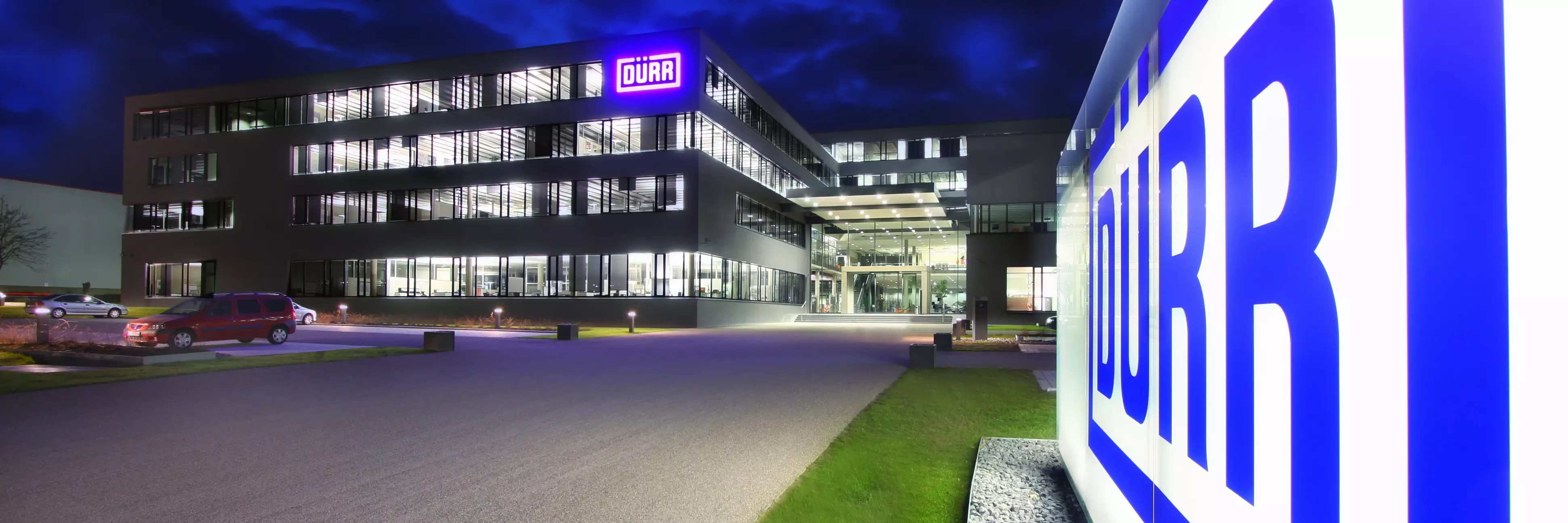In 2006, PSA Peugeot Citroën opened a new plant in Trnava, Slovakia, 45km from the capital, Bratislava. At this facility, the Peugeot 207 and the smallest of the PSA fleet, the Citroën C3 Picasso, are manufactured.
The air pollution control system in use at the time to abate emissions from PSA’s process no longer met required compliance limits. The system was outdated and PSA Peugeot Citroën knew a change was needed. Their hope was that with the proper investment and small, but strategic adjustments and improvements, the system could be reconditioned to become more efficient and cost effective. To meet these energy and efficiency demands, PSA Peugeot Citroën hired Dürr to rebuild and commission their existing regenerative thermal oxidizer air pollution control system.
Regenerative systems for thermal oxidation are characterized by limited use of primary energy, assuming the system design allows for this. In the case of PSA, the substructure, meaning the air distribution system, was being replaced.
The duct system, specifically designed and engineered by Dürr, ensures an extensive inflow of air and greatly improves its distribution in the substructure. The shut-off valves in use were also replaced by Dürr-patented poppet valves. The internal poppet valves were installed at the side and are thus easily accessible and maintainable. The pneumatic cylinders were installed to protect them from the weather. The control devices installed on the outside have a removable weather protection hood. As a result, these are well-protected from contamination.
These design modifications have had an enormous effect on the system’s efficiency. The combustion chamber temperature has been reduced from 930°C to 800°C, thereby significantly reducing energy costs.
These type of modifications require only one thing; the system must have a modular design so that the bottom can be easily exchanged. For PSA Trnava, this characteristic was not a problem.
While these system upgrades seem relatively specific, cost saving modifications like the ones made for PSA Trnava can be made in all air pollution control systems with shut-off valves that flow into the bottom bed from one side. These types of projects prove that sometimes the smallest improvements add up to huge results.

